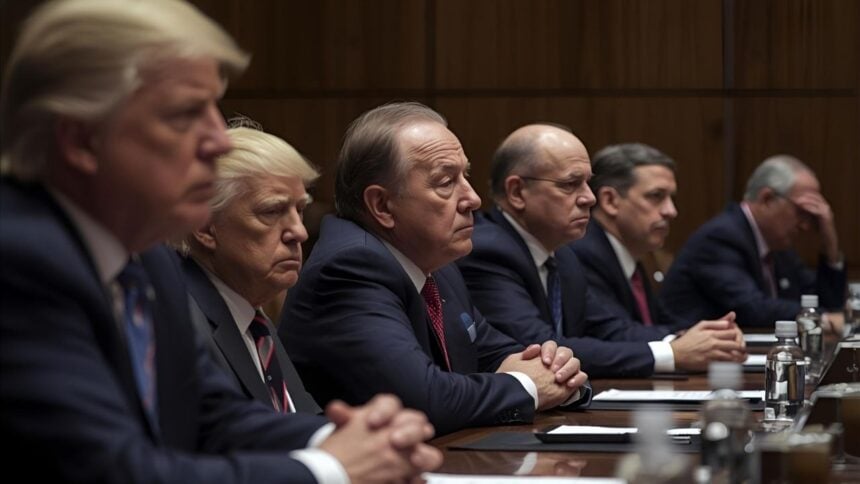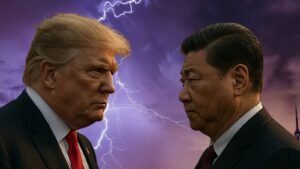The summit’s public sessions ended with polite applause, but the real action has moved behind closed doors.
After days of shuttle diplomacy, officials from across North America, Europe, and Asia are running on caffeine and short naps as they wait for the outcome of a prime minister–president meeting that could break a logjam on multiple fronts.
Everyone wants a direction-of-travel signal before they head for the airport. Investors do not trade on handshakes or photo ops. They trade on the substance that follows.
Delegations say any communiqué with even modest movement on tariffs, supply chains, or security cooperation would be read as a sign that the two capitals can compartmentalize disputes and move deals forward.
That is why aides are crowding outside the bilateral room with briefing folders, and why traders are gaming scenarios from their hotel lobbies.
Energy sits near the top of the watchlist, any hint of alignment on policy, including moves to stop buying Russian oil, would ripple through crude benchmarks and freight rates within hours.
Gas diplomacy is also in focus after a high profile 20-year supply pact underscored how long term contracts are back in vogue.
Fuel importers in Asia will be watching for language that shapes procurement for the northern winter, while Canadian producers will parse every word for its impact on export routes and price differentials.
Metals and mining are another pressure point; Canada’s resource trade is never far from the conversation, and any nod to faster permitting or cross-border project financing would be taken as a tailwind for miners.
Talks that touch supply chains for copper would intersect with copper heavyweights listed in Toronto, where investors have been quick to reward credible expansion plans and disciplined capital spending.
Gold has punched higher in bursts this quarter, and fund flows into miners picked up as bullion surges.
A communiqué that cools geopolitical risk could trim haven bids, but lasting relief would require concrete steps on conflict flashpoints.
Businesses want clarity on standards, data rules, and the treatment of strategic technologies. That includes semiconductors, AI infrastructure, and critical minerals processing.
Even incremental progress on mutual recognition or trusted partner frameworks would matter, because it lowers friction for cross border investment.
Corporate chiefs here are blunt that capex is being routed to jurisdictions that can guarantee predictable rules over a five to ten year horizon.
Equity traders who bought the dips through late summer are looking for validation that policy will not blindside earnings. If the readout hints at de-escalation on any major front, futures could pop as quants recalibrate risk premia.
If it is light on specifics, the reaction may be a shrug before attention shifts back to domestic data and central bank rhetoric. Money markets will watch for any squeeze.
Recent repo market strains in Canada have left dealers sensitive to fresh collateral stress, especially if end quarter dynamics collide with headline risk.
Diplomacy is never just about the two principals in the room. Regional partners have spent days lobbying for language that protects their own red lines on fisheries, digital taxes, and climate finance.
Smaller economies are particularly keen for investment guarantees tied to infrastructure corridors and clean energy. Without them, talk of resilience can amount to little more than a slogan.
Several delegations have already scrubbed nonessential bilaterals to keep staff fresh for the readout. Yet the urgency is just as real because the window for practical progress is narrowing.
Election calendars, budget cycles, and security flare ups can crowd out follow through.
If the leaders deliver enough to keep working groups busy through year end, the summit will count as a success in the only way that matters for investors: it preserves momentum.
Until the statement lands, the baseline remains unchanged. Corporates will keep locking in energy supplies, hedging FX, and prioritizing projects with fast paybacks. Portfolio managers will shade toward quality and liquidity.
And policymakers will take the temperature of markets before deciding how hard to push on the next round of negotiations.
The bilateral outcome may not rewrite the global playbook, but it can still reset the tone. In a year of thin patience and thick risks, tone is not nothing.




















